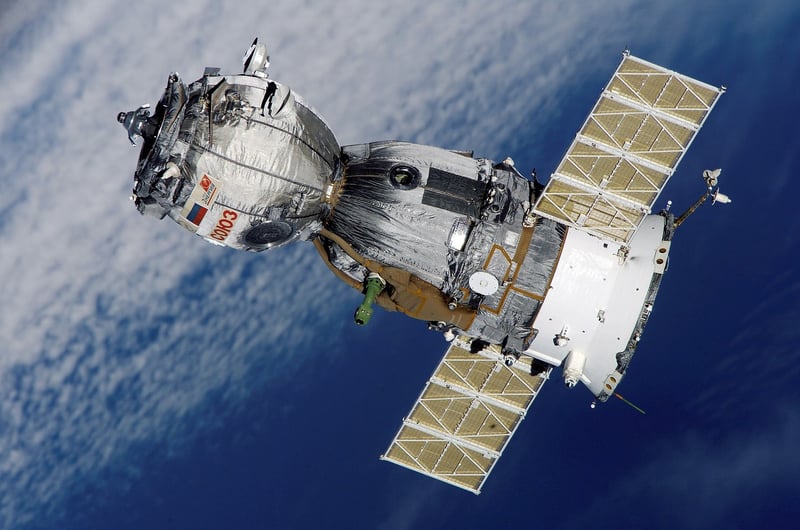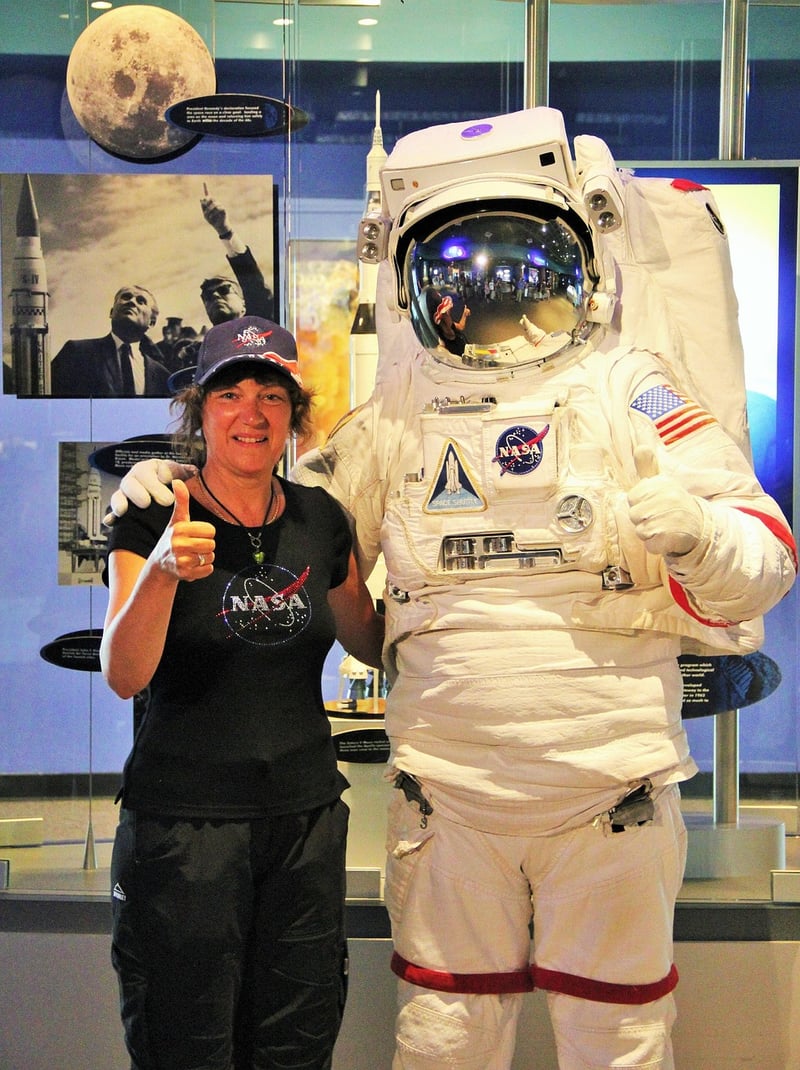Space Exploration
The Fascinating World of Space Exploration

Welcome to the exciting realm of space exploration, where humanity's curiosity and innovation reach beyond the confines of Earth to unravel the mysteries of the universe. From the vast expanse of galaxies to the enigmatic depths of black holes, space exploration offers a glimpse into the unknown and pushes the boundaries of human knowledge and technology.
Unveiling the Cosmos
Space exploration allows us to unveil the cosmos in all its splendor. Through powerful telescopes like the Hubble Space Telescope, scientists can capture stunning images of distant galaxies, nebulae, and star clusters, providing us with a glimpse of the breathtaking beauty and complexity of the universe.
Human Spaceflight
One of the most awe-inspiring aspects of space exploration is human spaceflight. From the pioneering efforts of astronauts like Yuri Gagarin and Neil Armstrong to the ongoing missions to the International Space Station (ISS), humans have ventured beyond Earth's atmosphere to live and work in space, expanding our understanding of living and conducting research in microgravity.

Robotic Missions
Robotic missions play a crucial role in space exploration, allowing us to investigate distant planets, moons, and asteroids. Probes like Voyager, Curiosity, and Cassini have provided invaluable data about the composition of celestial bodies, their atmospheres, and potential for life beyond Earth.
Future of Space Exploration
The future of space exploration holds exciting possibilities, from planned missions to Mars and the Moon to the development of advanced propulsion systems for interstellar travel. Private space companies like SpaceX and Blue Origin are driving innovation in space technology, paving the way for new opportunities in commercial space travel and colonization of other worlds.

Whether through the lens of a telescope, the eyes of an astronaut, or the sensors of a robotic probe, space exploration continues to captivate our imagination and inspire future generations to reach for the stars.
